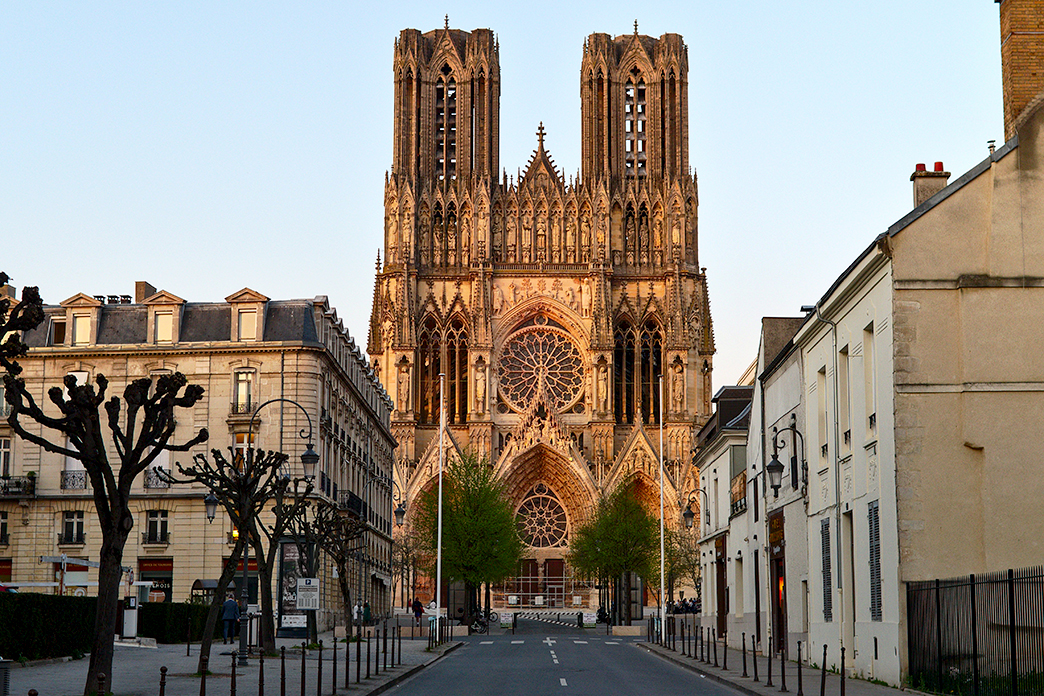The land was sheep country, too far north for grapes. The local wine was mediocre, pawned off to roughhewn wool buyers or consumed by locals as vin de table.
Nevertheless, to raise money for monasteries, Benedictine monks steadily improved their vineyards. They learned what grapes fared well in the cool climate and chalky soils around Reims, the historic Benedictine cathedral town where French kings were crowned. They spent a significant effort dealing with the pesky problem of carbon dioxide—a natural byproduct of all winemaking.
Because wine did not travel well, local wine had to be poured at coronations and royal events at Reims. The local wine became linked to sumptuous celebrations and elite society.


Louis XIV significantly burnished the local wine’s image when he enjoyed it along with his other obsessions of fashion, luxury, and prestige. Then Louis XV—son of the Sun King—authorized transportation of the local wine to other regions in bottles. Now, instead of the wine going flat in wooden barrels, the CO2 remained trapped in the wine. It sparkled.
When English glassmakers improved bottles to contain higher pressures in the mid-1600s, the wine from the cold sheep country found its niche as a special wine for celebrations. Mythology followed. Pierre “Dom” Pérignon did not invent Champagne and never announced he was “seeing stars.” While Pérignon substantially improved vineyard management, he actually toiled to avoid bubbles. In a pure PR move, Pérignon was credited with Champagne’s creation a century after his death.
Bottles enhanced the Champagne myth. At first, labels showcased association with nobility. After the French Revolution, labels promoted Champagne as the soul and character of the French people. Voltaire proclaimed Champagne “the most glorious expression” of French civilization.
Myth making accelerated. Jean-Rémy Moët established Moët in the United States with George Washington as a happy customer. Napoleon used Champagne to toast a new, industrious bourgeois society. When the Russian army routed Napoleon and reached the city of Reims, the resourceful Veuve (“widow”) Clicquot welcomed the soldiers. Instead of destroying her winery, the Russians got drunk and went home as an eager market for her product.
The Industrial Revolution expanded markets. Winery innovations improved efficiency and quality. Champagne entered a golden age that continues today. Champagne became symbolic of sophisticated celebrations, triumphs, luxury, indulgence. The neglected region of sheep and inferior grapes turned the wine world upside down.
Last round: Wine gives people ideas. Champagne gives people strategies.

